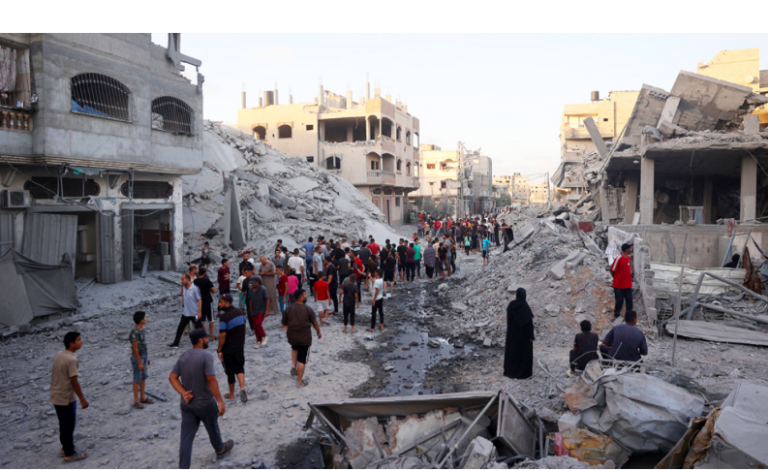Israel-Hamas Ceasefire Deal: Six-Week Timetable, Hostage Releases, and Humanitarian Commitments
Following the seven-day ceasefire in Gaza in November 2023, Israel and Hamas have reached a new agreement, marking only the second time they have agreed to a temporary ceasefire with a defined timeline.
Over the past 15 months, dozens of draft agreements were proposed, debated, and ultimately rejected. This latest deal, as reports suggest, was made possible through coordinated American pressure from both the outgoing Biden administration and the incoming administration of Donald Trump.
While the full details of the agreement are yet to be disclosed, the basic framework has already been outlined.
Key Elements of the Ceasefire
The agreement imposes a strict six-week timeline during which both sides must adhere to specific conditions. These include:
- Hostage Releases: Hamas is to release 33 hostages captured during the events of October 7.
- Prisoner Exchange: Israel will release a designated number of Palestinian prisoners from its jails.
- Humanitarian Aid: Israel commits to a significant increase in the delivery of humanitarian aid to Gaza.
- Military Withdrawal: Israel will begin a phased withdrawal from parts of Gaza. By the end of the six weeks, Israel is expected to have vacated the “Philadelphia Corridor,” the critical roadway linking Gaza to Egypt.
However, it remains unclear whether Israel has agreed to withdraw from central Gaza, a key demand from Hamas, as well as from Qatar, Egypt, and the United States. Reports indicate that Israeli Prime Minister Benjamin Netanyahu has faced internal opposition on this issue.
Key Exclusions and Further Negotiations
The draft ceasefire does not include a timeline for a complete Israeli military withdrawal from Gaza. This issue is reportedly set to be addressed in bilateral talks between Donald Trump and Benjamin Netanyahu once Trump assumes office as the 47th President of the United States next Monday.
Additionally, Israel has not agreed to return the remains of Yahya Shinwar to the Palestinian side, nor has it agreed to ease restrictions on trucks carrying humanitarian aid through northern and southern crossings.
This ceasefire represents a tentative step towards de-escalation but falls short of laying a foundation for a long-term peace agreement. With the involvement of key international players and the planned high-level discussions between the incoming US administration and Israeli leadership, further developments are anticipated in the coming weeks.
Ask me anything
Explore related questions





